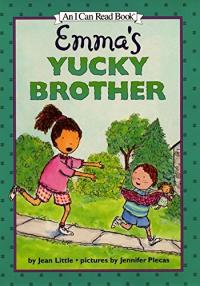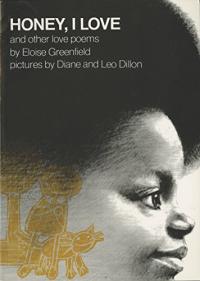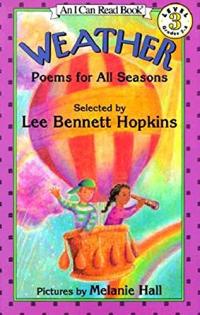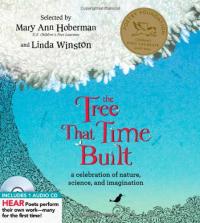Key Information
Focus
When To Use This Strategy
Appropriate Group Size
Why use shared reading?
- It provides struggling readers with necessary support.
- Shared reading of predictable text can build sight word knowledge and reading fluency
- Allows students to enjoy materials that they may not be able to read on their own.
- Ensures that all students feel successful by providing support to the entire group.
How to use shared reading
- Introduce the story by discussing the title, cover, and author/illustrator. Ask the students to make predictions regarding what they think the story might be about.
- Read the story aloud to the students using appropriate inflection and tone. Pause and ask the students to make predictions. Ask brief questions to determine students’ comprehension level.
- Conclude the reading by reserving time for reactions and comments. Ask questions about the story and relate the story to the students’ similar experiences. Ask the children to retell the story in their own words.
- Re-read the story and/or allow time for independent reading.
- Conduct follow-up activities such as making crafts related to the story.
Chicka, Chicka, Boom, Boom: shared reading in kindergarten
Give students with an opportunity to practice reading fluency and expression through a shared reading with the class. The teacher asks questions as she reads to help students stay engaged. (From the Balanced Literacy Diet: Putting Research into Practice in the Classroom)
Collect resources
Language Arts
This site gives teachers some ideas for using shared reading with younger students and less skilled readers. See example ›
Science
This site offers several examples of how activities related to learning about science topics can be centered around the shared reading strategy. Downloads of several different poems are provided. See example ›
Social Studies
This site provides five examples of shared reading lessons based upon the book Map It! by Elspeth Leacock. See example ›
Shared Reading Booklists
Differentiated instruction
For second language learners, students of varying reading skill, and for younger learners
- Teachers may wish to have Spanish copies of the shared reading books.
- Books can be kept in an area accessible to students for independent and familiar rereading by students.
- Ask students to write their own similar story using the same theme or sentence/language pattern of the book that has been shared.
- Teachers can use sentence strips and have students can retell or build the story by putting the strips in order.
- Have students write their predictions based upon what would happen next if the story were to continue.
Related resources
See the research that supports this strategy
Fountas, I. C., & Pinnell, G. S. (1996). Guided Reading, Good First Teaching for All Children. Portsmouth, NH: Heinemann
Children’s books to use with this strategy

Emma’s Yucky Brother

Honey I Love and Other Poems

Weather: Poems for All Seasons

